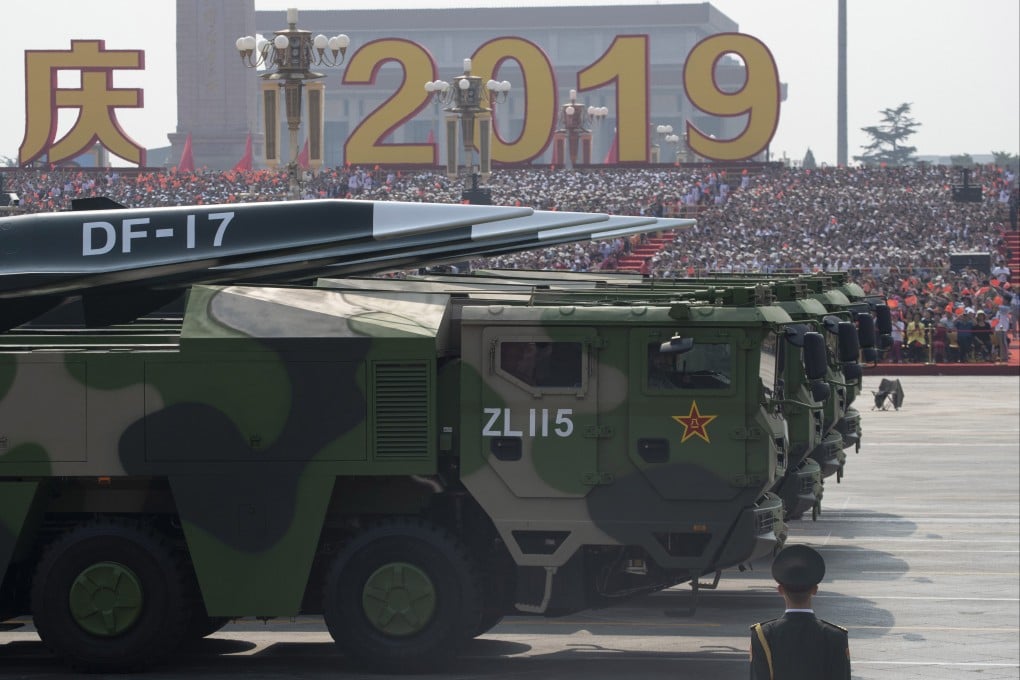Advertisement
China’s new hypersonic glider can power-jump to the other side of the Earth: scientists
- Chinese scientists are developing a new type of hypersonic glide vehicle using a skipping stone trajectory that will increase its range
Reading Time:3 minutes
Why you can trust SCMP
77

Stephen Chenin Beijing
China’s hypersonic weapons are poised for a significant upgrade, according to scientists involved in a project to develop a new type of hypersonic glide vehicle (HGV).
Advertisement
Using a trajectory similar to a skipping stone, the hypersonic glide vehicle can dive into and jump out of the atmosphere repeatedly at speeds exceeding Mach 15, thanks to a new solid-fuel booster capable of multiple ignitions.
A hypersonic glide vehicle is a type of warhead that can manoeuvre and glide at hypersonic speed to control a missile’s trajectory after launch.
By using the skipping stone trajectory, a missile’s kill range can be increased by more than one-third, extending the primary use of the hypersonic gliders from regional conflict to global operation.
This new generation of hypersonic weapons “possesses significant advantages in [military] application, featuring long range, high manoeuvrability and unpredictability”, the team led by Yong Enmi, a researcher with the China Aerodynamics Research and Development Centre, wrote in a peer-reviewed paper published in the Chinese Journal of Astronautics in June.
Advertisement
Through their research, the young scientists – the average age of those in Yong’s team is around 30 – are trying to surpass the dreams of Qian Xuesen.

Advertisement